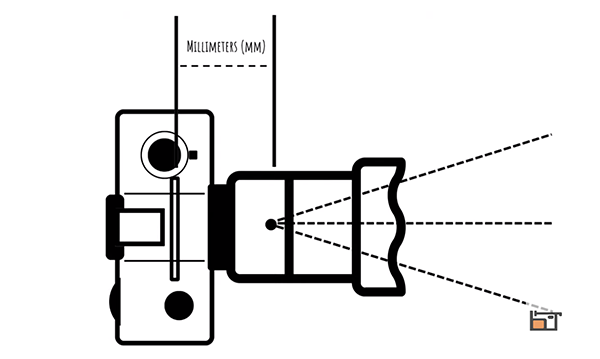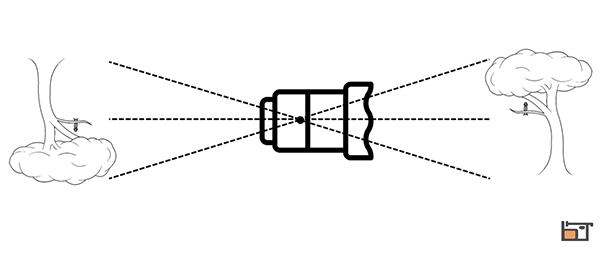Focal Length Tips: A Small Change Has a Big Impact on Your Photos (VIDEO)
If you’re a Shutterbug reader you likely own a few lenses, or at least a couple zooms offering a variety of focal lengths. But do you really understand how the focal length you choose impacts more than just the magnification of a subject?
Today’s “Ultimate Guide” from the Behind the Tripod YouTube channel provides everything you need to know. It’s intended for those new to photography, and for more experienced shooters who want to improve their skills. By demystifying the concept of focal length this lesson will help you understand how making subtle changes can have a dramatic effect on the impact of every photograph you shoot.
Instructor Steve Mills provides a brief explanation of optical theory, takes a look at how focal lengths are measured, and how they work to create amazing images in a wide variety of situations. By the time you’re done watching you’ll know exactly what lens to pull out of your bag the next time you’re in the field.

The lesson begins with a bit of optical science, and then you’ll watch Mills on location using lenses of different focal lengths to illustrate all the practical implications. He starts with a 14-24mm zoom to explain the various options you have with a single lens. He also discusses fixed- focal-length prime lenses. And the principles are the same, as they are when using a long telephoto zoom.
Mills also explains how the size of your camera’s sensor affects the “effective” focal length of a lens when shooting with crop-sensor cameras with an APS-C or micro-four-thirds format. This is why things look differently through the viewfinder of a full-frame camera than they do when using cameras with smaller sensors—even when the focal length of the lens is the same.
With all the theory out of the way Mills moves out into the field for practical examples of what you just leaned. He sets up a simple shot of a boulder and demonstrates how the subject appears when using focal lengths from 14-200mm and a few others in between.

Pay close attention to how both the size and shape of his subject changes as the focal length changes. But there are other very important considerations, like the appearance of the background as Mills moves further and further back while shooting with longer and longer focal lengths. By now you’ve probably guessed that’s there’s a big shift in depth of field and perspective.
You may find it helpful to have a camera and a couple lenses handy as you watch this eye-opening tutorial, so you can pause the video, experiment a bit, and see for yourself. When you’re done head over to Mill’s instructional YouTube channel for more simple shooting advice.
And don’t miss the earlier tutorial we posted on a related subject, explaining how to use lens filters to shoot nature and landscape photographs with maximum impact.




